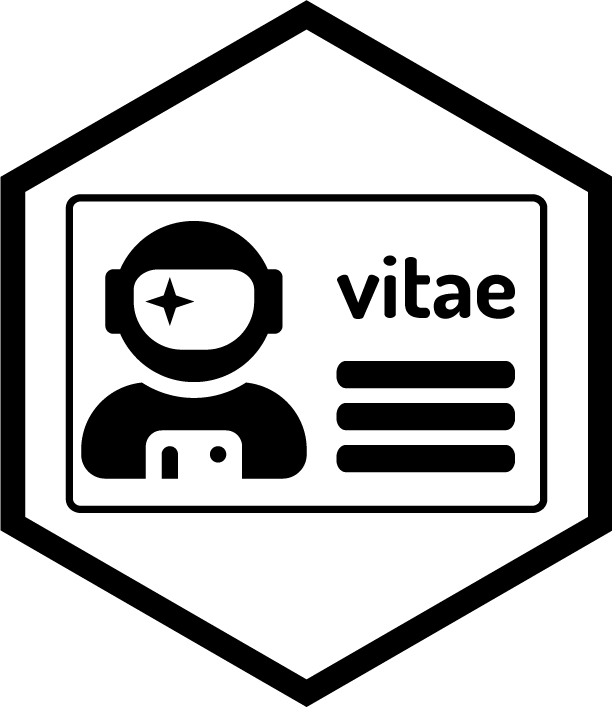
Whilst working on the blog guide, Stefanie Butland and I consolidated knowledge we had already gained, but it was also the opportunity to up our Rmd/Hugo technical game.Our website uses Hugo but not blogdown 1 to render posts: every post is based on an .md file that is either written directly or knit from an .Rmd file.We wanted to provide clear guidance for both options, and to stick to the well-documented Hugo way of e.g. inserting
